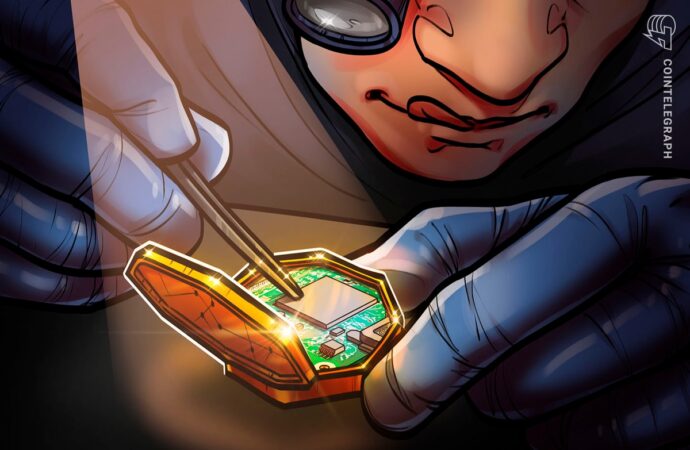Canon’s new “nanoimprint lithography” system is a competitive response to ASML’s dominance in the extreme ultraviolet (EUV) lithography machine sector. The United States has imposed export restrictions on ASML’s machinery, creating a technological conflict between the US and China.
Canon’s New System Challenges ASML’s Dominance in Chip Manufacturing
In the world of chip manufacturing, Dutch firm ASML has long been a dominant force with its extreme ultraviolet (EUV) lithography machines. These machines are essential for producing cutting-edge chips, including those used in popular devices like the latest Apple iPhones. However, Canon, the Japanese company known for its printers and cameras, has recently unveiled a new technology that aims to compete with ASML and disrupt the market.
Canon’s new system, called “nanoimprint lithography,” represents the company’s competitive response to ASML. According to reports, Canon’s system can produce semiconductors matching a 5nm process and even scale down to 2nm. This surpasses the capabilities of the A17 Pro chip found in Apple’s iPhone 15 Pro and Pro Max, which is a 3nm semiconductor. Canon’s announcement puts them in direct competition with ASML and positions them as a potential alternative for chip manufacturers.
The technological conflict between the United States and China has further intensified the competition between Canon and ASML. The United States has employed export restrictions and diverse sanctions to obstruct China’s access to crucial chips and manufacturing machinery. ASML’s EUV technology, which enables the production of semiconductors at 5 nanometers and below, has gained significant traction among leading chip manufacturers. However, due to the critical role of these machines in chip production, the Dutch government has imposed restrictions on ASML, preventing the export of its EUV lithography machines to China.
With Canon’s claim that their new system can facilitate the production of semiconductors equivalent to 2nm, it is likely to face increased scrutiny. As the world’s second-largest economy, China is keen on advancing its chip manufacturing capabilities. The limitations imposed on ASML have created an opportunity for Canon to step in and offer an alternative solution. However, Canon’s new system will need to prove its capabilities and gain trust from chip manufacturers before it can truly challenge ASML’s dominance.
In conclusion, Canon’s new “nanoimprint lithography” system represents a competitive response to ASML’s dominance in the chip manufacturing industry. With the United States imposing export restrictions on ASML’s machinery, Canon sees an opportunity to disrupt the market. However, it remains to be seen whether Canon’s system can truly match ASML’s capabilities and gain the trust of chip manufacturers. The technological conflict between the United States and China adds another layer of complexity to this competition, as both countries vie for dominance in the semiconductor industry.









